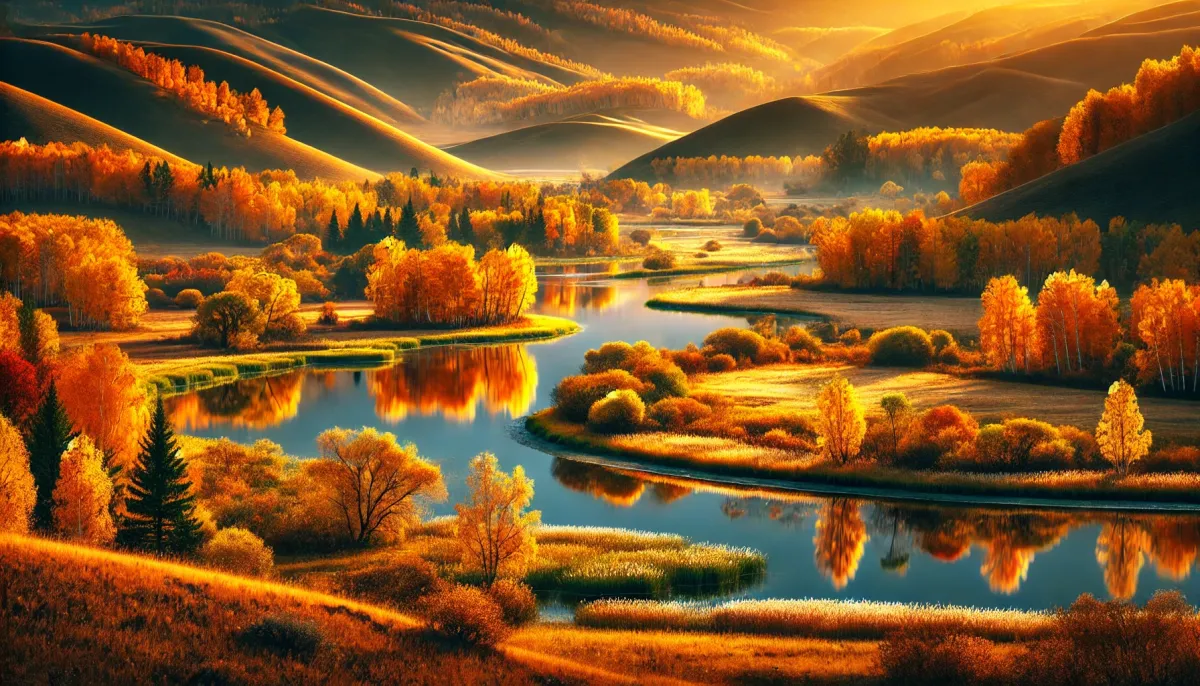Hey everyone, Mark here, your friendly neighborhood travel enthusiast! I've been fortunate enough to explore many incredible places in Asia, and recently, I had the adventure of a lifetime in the remote corners of northeastern China. This trip took me far beyond the typical tourist trails, into a world of ancient traditions and breathtaking natural beauty. Prepare yourselves, because this is a story unlike any other!
Discovering the Aoluguya Ewenki Reindeer Herders
My journey began in Mohe, Northeast China. From there, I ventured deep into the Greater Khingan Range, heading towards a place few Westerners ever get to see: Aoluguya. The forests grew denser as I traveled, a testament to the resilience of nature after the devastating 1987 forest fire. While the fire impacted the eastern part of Mohe, the southern regions, once heavily logged for economic development, are slowly recovering. The mountains steadily increased in height, a stark contrast to the lower elevations of Mohe.
Arriving at Aoluguya, a remote village in Genhe City, Inner Mongolia, was truly awe-inspiring. This is the home of the Ewenki people, a historically nomadic reindeer-herding group. Their culture, unique to this region of China, is a blend of traditional practices and modern adaptations. The Ewenki people, also known as the Oroqen, are a Tungusic-speaking group who call themselves "people who live in the great mountains and forests." Their rich cultural heritage is intrinsically linked to their reindeer, seen as sacred animals. The reindeer are a striking symbol of their way of life, and the feeling they evoke is unforgettable.
I spent time at the Aoluguya Reindeer Museum, learning about the history of this incredible people and their unique relationship with their environment. Here's a summary of what I learned about the Aoluguya:
| Feature | Description |
|---|---|
| Location | Northern Greater Khingan Range, Genhe City, Inner Mongolia, China |
| Latitude | Approximately 52° North |
| People | Ewenki (Oroqen) people – China's last reindeer herding tribe |
| Population | Approximately 234 people |
| Economy | Primarily reindeer herding, tourism |
| Unique Feature | The only reindeer herding community in China. This is a culture typically found in Northern Europe and Siberia. |
| Climate | Extremely cold winters, reaching below -50°C (-58°F); milder summers. |
| Significance | Preserves unique and endangered culture related to reindeer herding. |
The Significance of the Reindeer
The reindeer are far more than just a source of sustenance for the Ewenki; they are deeply ingrained in their culture and spirituality. The reindeer's unique fur, with its directional hairs, plays a significant role in their traditional way of life. The Ewenki use the reindeer for transportation, clothing, and food. Witnessing their skills in reindeer husbandry was both humbling and fascinating.
The annual Reindeer King competition is a major cultural event, highlighting the importance of these magnificent animals. This was truly a remarkable experience and a testament to the resilience of the Ewenki people, preserving their unique way of life in the face of modernization. I felt so privileged to be present and witness their deep respect for nature.
Exploring Genhe and its Wetlands
My adventure continued with a visit to Genhe, a city nestled at the confluence of the Genhe, Chaer, and Xiwuqiya rivers. It's a region steeped in Russian and Mongolian influences, adding another layer to its unique cultural identity. Then, I moved on to the Genhe Wetland Park, known as one of Asia's largest and most pristine wetlands.
The Genhe Wetland Park, which is also part of the Erguna Wetland, is a breathtaking spectacle, covering 126,000 hectares and featuring abundant wildlife. The Erguna River, a significant waterway historically separating China and Russia, flows through this vast landscape.
Here's a snapshot of Genhe Wetland Park:
| Feature | Description |
|---|---|
| Location | Genhe City, Inner Mongolia, China |
| Size | 126,000 hectares (approximately 486 square miles) |
| Significance | One of Asia's largest and best-preserved wetlands; vital ecosystem. |
| Wildlife | Abundant birdlife, other wetland species, evidence of biodiversity. |
| Accessibility | Limited accessibility due to conservation efforts; mostly viewing from afar. |
The Genhe Wetland Park is a stunning example of the natural beauty that lies within China. The seasonal changes dramatically affect the landscape, transforming it into a vivid tapestry of colors throughout the year, with lush greenery in spring and summer, vibrant foliage in autumn, and a serene, snow-covered wonderland in winter. The stunning contrast of the modern city against the backdrop of the wetlands is a visual treat.
Why You Should Visit Northeastern China
Northeastern China offers a unique travel experience, far removed from the bustling cities further south. This trip highlighted the importance of appreciating the world's diverse cultures and natural wonders. The resilience and adaptability of the Ewenki people, and the breathtaking natural beauty, left an indelible mark on my soul. If you're seeking an off-the-beaten-path adventure, where you can connect with ancient traditions and experience the raw power of nature, then a journey to northeastern China is an absolute must!







